
Teaching Christian Eyes
- Lee Palmer Wandel
_______________________________
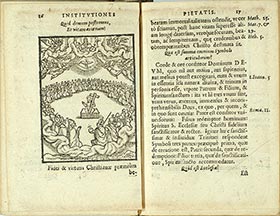
Fig. 19. P. Canisius, Institutiones Christianae
Pietatis, 1575 
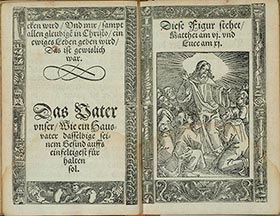
Fig. 20. M. Luther, Enchirion, 1531 
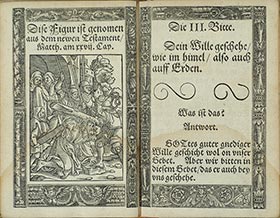
Fig. 21. M. Luther, Enchirion, 1531 
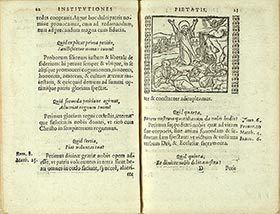
Fig. 22. P. Canisius, Institutiones Christianae
Pietatis, 1575 
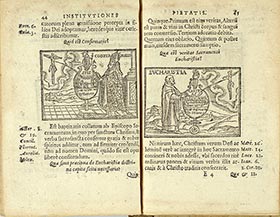
Fig. 23. P. Canisius, Institutiones Christianae
Pietatis, 1575 
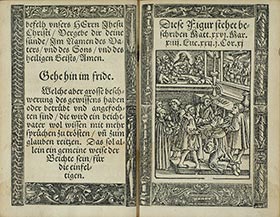
The final image of the catechesis of the Apostles’ Creed brings confessional specificity to “life eternal” (fig. 19). At center is an altar, that site that iconoclasts in Strasbourg and the Habsburg Netherlands had destroyed as the place where the Mass is enacted. Atop the altar, in implicit affirmation of the doctrine of transubstantiation, which the Council of Trent had decreed in Session 13, in 1551, is the person of the infant Christ. The altar is in direct line beneath God, who wears a papal tiara, and the dove, symbol of the Holy Spirit. Surrounding it are figures of the spiritual and temporal hierarchies, designated by the objects and regalia of their rank. Eternal life, the image visualizes, encompasses the altar, transubstantiation, and the dual hierarchies of the Papacy and the Empire.
Images thus affirmed the confessionally defining division of the Apostles’ Creed, even as the woodcuts in Canisius’s catechism also visually linked the pages of the catechism to images in churches, on the persons of the religious, and across the landscape of Europe, embedding those pages in the very enterprise of representing God Incarnate. The Enchiridion had fewer images, reflecting both Luther’s simplification of the teaching of the Apostles’ Creed, and the different role of images in Lutheran catechesis. They do not refer to images in churches, but make visible to the catechumen’s eyes Luther’s particular understanding of Incarnation and Revelation.
The Lord’s Prayer was ancient, familiar, for many Europeans, beloved. In teaching it, the woodcut opening that part of the Enchiridion (fig. 20) made visible its origin, in the moment, as the catechumen then learned in following the scriptural referents above it, when Christ taught his disciples how to pray. Christ, as this image manifests, is the source of those words constitutive of “what a Christian needs to know”. Christ, moreover, offered in the fact of his Incarnation not simply speech, parole in Calvin’s term, but acts.
The images depict Christ as source and model, even as they also narrate the fullness of redemption. Here, the catechism teaches the third petition of the Lord’s Prayer, “Thy will be done (literally happen), as in heaven so too on the earth” (fig. 21). Obedience to that will, as the catechumen can see, involves bearing the cross, suffering ridicule, persecution in the person of soldiers, and lashes, to the right. The image models obedience even unto suffering.
In the catechesis of the Lord’s Prayer in the Institutiones, the number of woodcuts, three, does not correspond to the number of petitions, perhaps because Canisius and Luther agreed on the division of the Lord’s Prayer. This woodcut (fig. 22) appears, as we see, embedded in the catechesis of the same petition, allowing for differences in wording, “Let thy will be done”. The cross is here as well, held up by an angel as Christ kneels in supplication in the Garden of Gethsemane – the cross is future, but known. The seizure and persecution is signaled by the crowd in the background on the left, their representation as background embedding in the image complex time. The woodcut represents multiple moments in the Gospel narrative. It binds “heaven” and “earth” differently: in the presence of the angel, in the articulation of divine plan.
Evangelical catechisms articulated a radically reduced “Christianity”. Gone were the seven deadly sins, the seven cardinal virtues, and four or five of the medieval sacraments – and with them, the division of Christendom into laity and clergy. As we have seen, Canisius’s catechisms taught the three theological virtues – Faith, Hope, and Charity – in the very structuring of catechesis. They thus taught that the three were not, as Evangelicals argued, a medieval addition, but the architecture of Christian doctrine. All of Canisius’s catechisms taught that the number of sacraments was seven. These particular images (fig. 23) visualize the inseparability of sacraments and that architecture. The woodcut on the right addresses visually the sacrament, the Eucharist, that divided European Christendom. In this edition, the Eucharist is accorded more images, of diverse kinds, than any other sacrament, the very visual complexity of the catechism teaching the catechumen more than the words of doctrine. The first woodcut, here, visualizes that the Eucharist is connected through Christ’s blood shed on the cross both to Charitas, and thus the Commandments, and to Spes, and thus the Lord’s Prayer. It is, as both the emblem and the narrative woodcut on the following page visualize, to be celebrated by a priest, his ordination marked by his alb, who, strikingly, offers the chalice as well as the host to kneeling laity. The next woodcut articulates further the complex nature of visuality in the Catholic Eucharist, in which the host is displayed in a monstrance, that object that both manifests and encloses. The last woodcut in the sequence in the section on the Eucharist, a rendering of a familiar late medieval image, the Mass of Pope Gregory, suggests the goal of both catechesis and the deepening of visual cognition of the catechumen. There among instruments of the Passion a living Christ rises from the altar, his hands the original of which the sacerdotal celebrant’s are the mirror.
Luther rejected the priest, but neither the altar nor Christ’s living presence on it (fig. 24). Images offered a powerful medium for teaching Luther’s particular understanding of “presence” : images could render two moments simultaneously in ways no text, with its insistent narrative linearity, could. Here, analogously to the Wittenberg Altarpiece, on one plane is one discrete moment in Christ’s life – the Last Supper – as well as the Lutheran Supper, in the foreground, which takes place next to an image of the Crucifixion. Unlike the Altarpiece, this image separates the Last Supper from the Lutheran Eucharist – it is not one event, but two – and yet both are within the plane of the woodcut, the Last Supper opening onto the Lutheran Supper, the model and the instantiation of the present sacrament.
Catechisms, as Luther wrote, were not to teach rote memorization, but “meaning” – as difficult a concept then as now. That “meaning” resided in part in the words a catechumen was to learn to attach to ancient texts: “was ist das ?”. But authors also structured meaning in other ways: in the sequencing of texts, in their divisions, in the placement of breath. Images participated in the complex project of catechesis not through serving as “illustrations” of specific texts, but, as we have seen, through ever more confessionally differentiated representation: linking or not linking the page to images in churches, linking or not linking the page to devotional images, linking the page to discrete practices, and articulating deeply different experiences of time and presence.
![]()